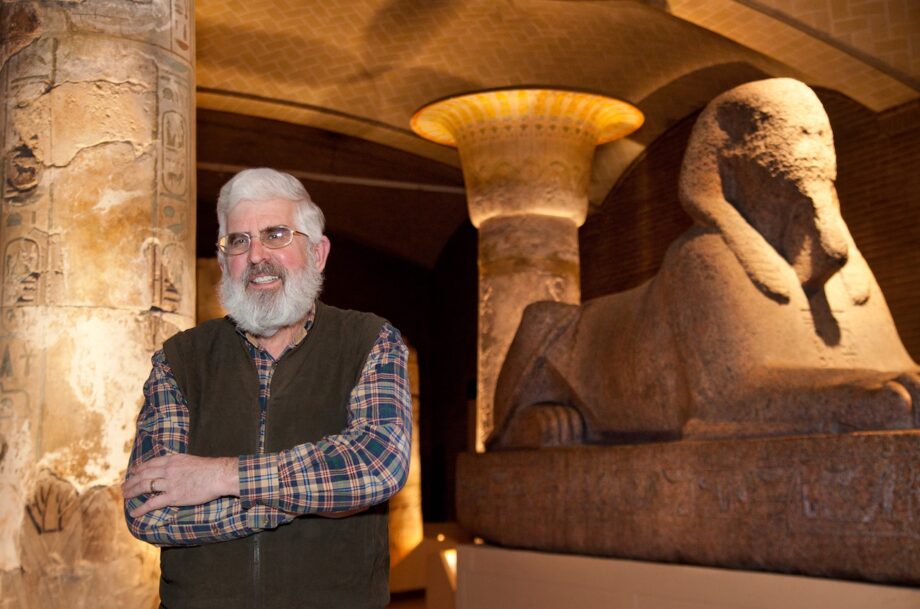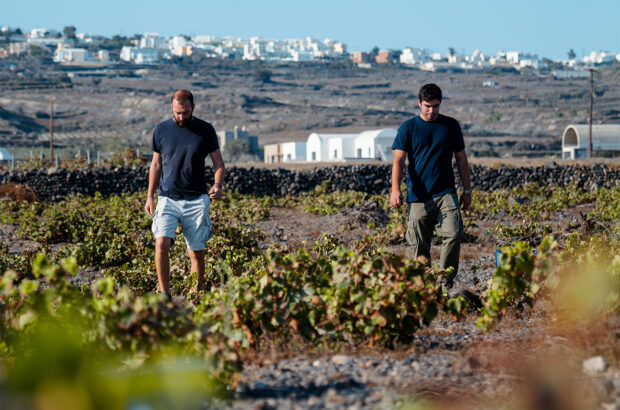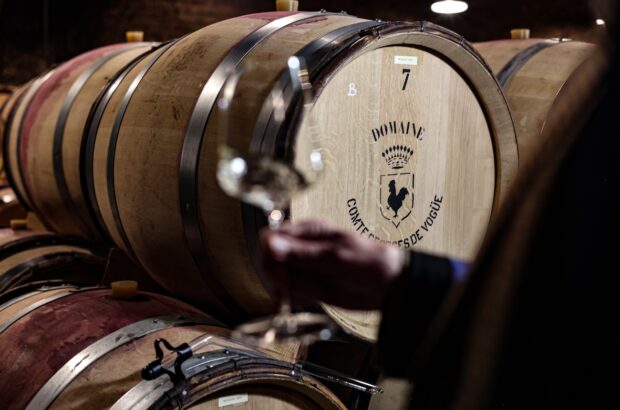McGovern, who died 23 August, was the Scientific Director of Biomolecular Archaeology Project for Cuisine, Fermented Beverages, and Health at the Penn Museum in Philadelphia and Adjunct Professor of Anthropology.
In a career spanning over 50 years (30 of which at the Penn Museum), McGovern had a pivotal and ground-breaking role in the field of biomolecular archaeology and archaeological residue analysis.
During his career he was frequently involved in dating and identifying ancient beverages – especially wines and beers – uncovered at archaeological sites.
Among many others, these included the positive identification of the world’s oldest-known alcoholic drink, a mix of rice and honey found on 9,000 year-old pottery in China, and the oldest known evidence of wine, found on 8,000 year-old pottery remains from a dig in Georgia.
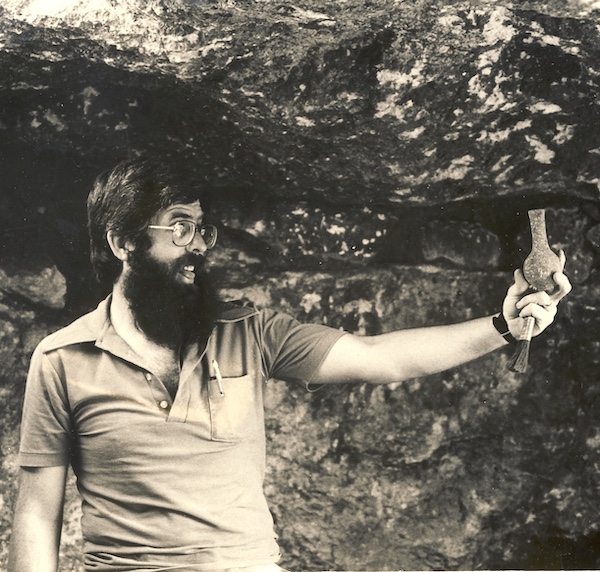
Pat McGovern with an Iron Age jug in Jordan, 1980. Credit: Nicholas Hartmann
McGovern’s early career had focused on identifying trace remains of purple dye that the Phoenicians of the ancient Near East obtained by grinding up a particular species of sea snail that lives in the Mediterranean.
In the early 1990s, he and his team studied pottery from two sites in Iran, Godin Teppe and Hajji Firuz, both of which found trace evidence of wine and beer and the latter of which proved that wine was being made in the fertile crescent in the late Neolithic – 7,000 years ago (later trumped by his identification of wine from the 8,000 year-old site in Georgia).
A further project saw he and his laboratory identify a hybrid, wine, beer and mead concoction found in drinking vessels at an Iron Age funerary site at the Midas Tumulus in Gordion in Turkey.
In addition to many academic papers written on the subject, McGovern also published two books on the history and archaeology of ancient wine and beer, Ancient Wine: The Search for the Origins of Viniculture and Uncorking the Past: The Quest for Wine, Beer, and Other Alcoholic Beverages.
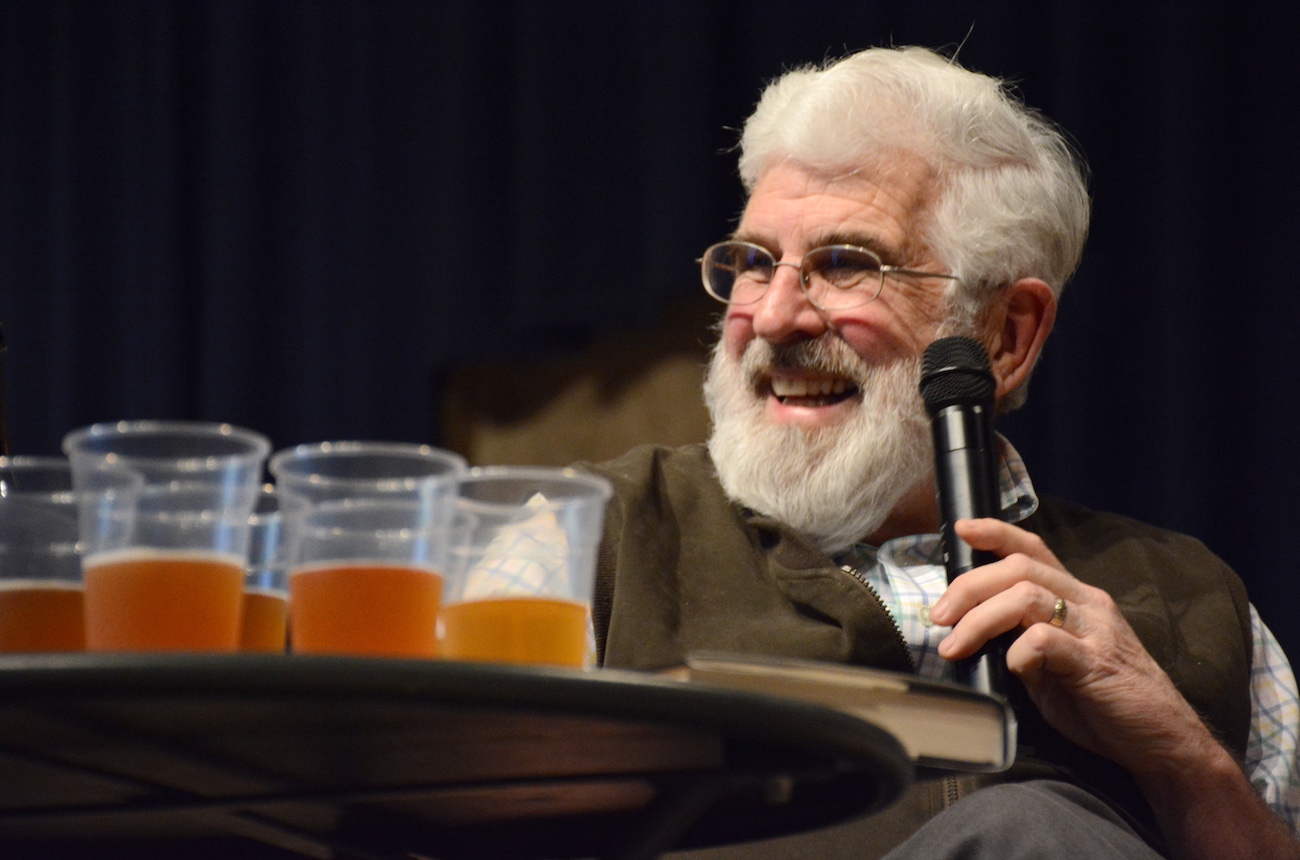
Patrick McGovern discussing ancient ales. Credit: Penn Museum
Based on his knowledge of ancient drinks and the trace remains he had identified, McGovern also turned his hand to some experimental archaeology and recreated some early of the brews he’d helped identify.
In the early 2000s, in a brewing and scientific-first, McGovern partnered with US brewery Dogfish Head to recreate the funerary drink found at the Midas Tumulus drink based on the biomolecular evidence – it was dubbed ‘Midas Touch’.
The collaboration also yielded a recreation of the drink identified in China, an ancient Peruvian cacao-based drink and a ‘bread-beer’ popular across several millennia in Ancient Egypt.
McGovern’s first involvement with wine, however, occurred when he and his wife, Doris, helped with the rather more contemporary 1971 harvest in Germany’s Mosel Valley – a vintage that is especially renowned.
In a 2011 interview with the Smithsonian Magazine, he was asked what libation he would like to be included in his own tomb and he picked a Mosel Riesling from that celebrated vintage he and his wife and, by chance, been a part of.
‘It was an elixir, something out of this world,’ he said. ‘If you were going to drink something for eternity, you might drink that.’
Patrick McGovern is survived by his wife.


